Fabien Gouyon
Contrastive Learning for Cross-modal Artist Retrieval
Aug 12, 2023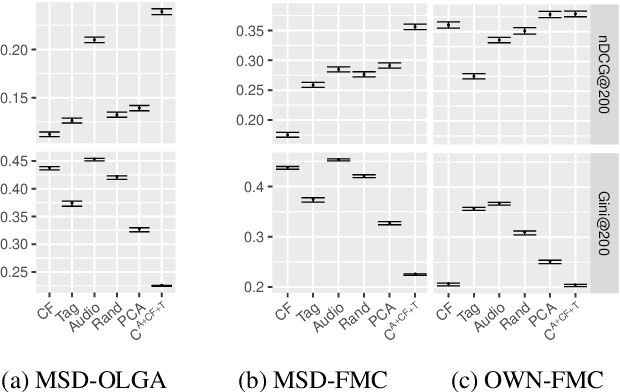



Abstract:Music retrieval and recommendation applications often rely on content features encoded as embeddings, which provide vector representations of items in a music dataset. Numerous complementary embeddings can be derived from processing items originally represented in several modalities, e.g., audio signals, user interaction data, or editorial data. However, data of any given modality might not be available for all items in any music dataset. In this work, we propose a method based on contrastive learning to combine embeddings from multiple modalities and explore the impact of the presence or absence of embeddings from diverse modalities in an artist similarity task. Experiments on two datasets suggest that our contrastive method outperforms single-modality embeddings and baseline algorithms for combining modalities, both in terms of artist retrieval accuracy and coverage. Improvements with respect to other methods are particularly significant for less popular query artists. We demonstrate our method successfully combines complementary information from diverse modalities, and is more robust to missing modality data (i.e., it better handles the retrieval of artists with different modality embeddings than the query artist's).
Supervised and Unsupervised Learning of Audio Representations for Music Understanding
Oct 07, 2022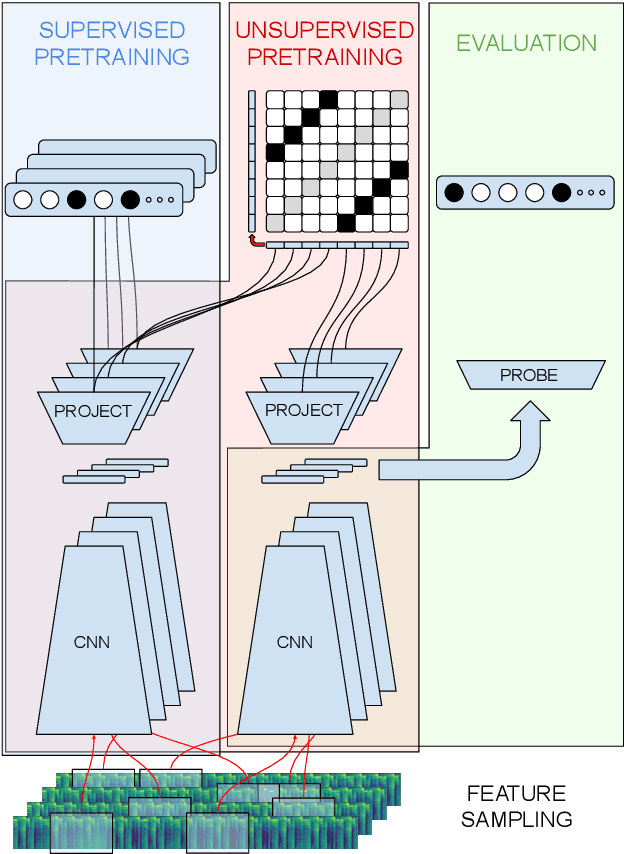
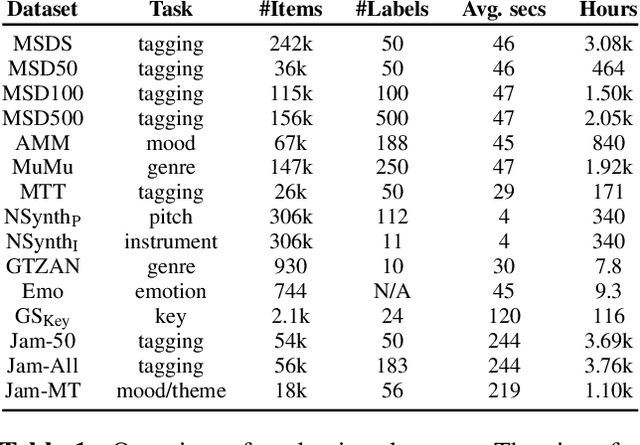
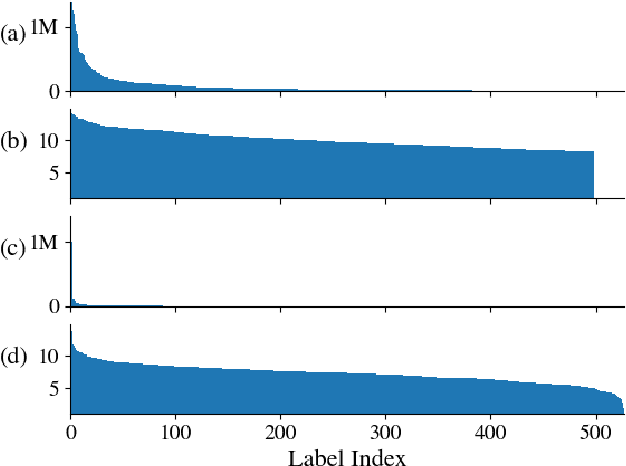
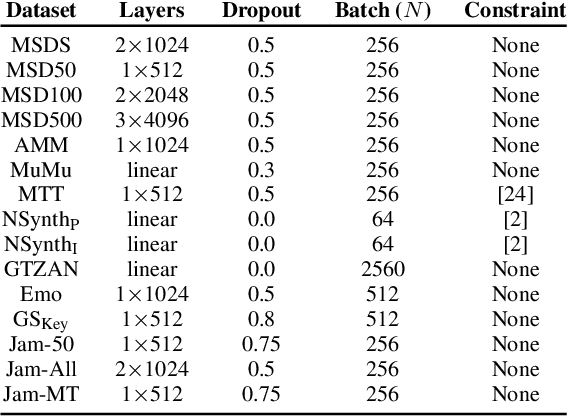
Abstract:In this work, we provide a broad comparative analysis of strategies for pre-training audio understanding models for several tasks in the music domain, including labelling of genre, era, origin, mood, instrumentation, key, pitch, vocal characteristics, tempo and sonority. Specifically, we explore how the domain of pre-training datasets (music or generic audio) and the pre-training methodology (supervised or unsupervised) affects the adequacy of the resulting audio embeddings for downstream tasks. We show that models trained via supervised learning on large-scale expert-annotated music datasets achieve state-of-the-art performance in a wide range of music labelling tasks, each with novel content and vocabularies. This can be done in an efficient manner with models containing less than 100 million parameters that require no fine-tuning or reparameterization for downstream tasks, making this approach practical for industry-scale audio catalogs. Within the class of unsupervised learning strategies, we show that the domain of the training dataset can significantly impact the performance of representations learned by the model. We find that restricting the domain of the pre-training dataset to music allows for training with smaller batch sizes while achieving state-of-the-art in unsupervised learning -- and in some cases, supervised learning -- for music understanding. We also corroborate that, while achieving state-of-the-art performance on many tasks, supervised learning can cause models to specialize to the supervised information provided, somewhat compromising a model's generality.
Artist Similarity with Graph Neural Networks
Jul 30, 2021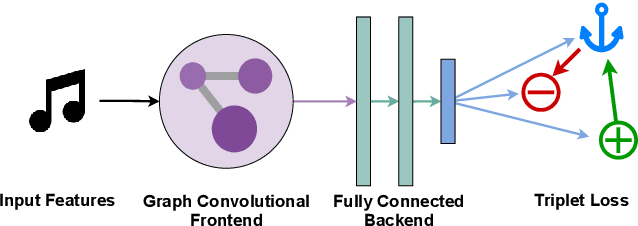


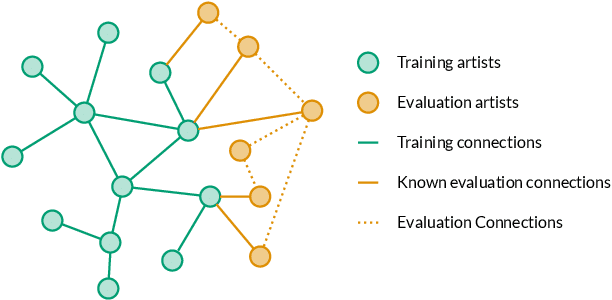
Abstract:Artist similarity plays an important role in organizing, understanding, and subsequently, facilitating discovery in large collections of music. In this paper, we present a hybrid approach to computing similarity between artists using graph neural networks trained with triplet loss. The novelty of using a graph neural network architecture is to combine the topology of a graph of artist connections with content features to embed artists into a vector space that encodes similarity. To evaluate the proposed method, we compile the new OLGA dataset, which contains artist similarities from AllMusic, together with content features from AcousticBrainz. With 17,673 artists, this is the largest academic artist similarity dataset that includes content-based features to date. Moreover, we also showcase the scalability of our approach by experimenting with a much larger proprietary dataset. Results show the superiority of the proposed approach over current state-of-the-art methods for music similarity. Finally, we hope that the OLGA dataset will facilitate research on data-driven models for artist similarity.
Assessing the impact of machine intelligence on human behaviour: an interdisciplinary endeavour
Jun 07, 2018
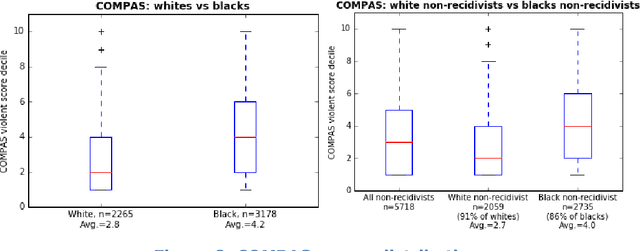
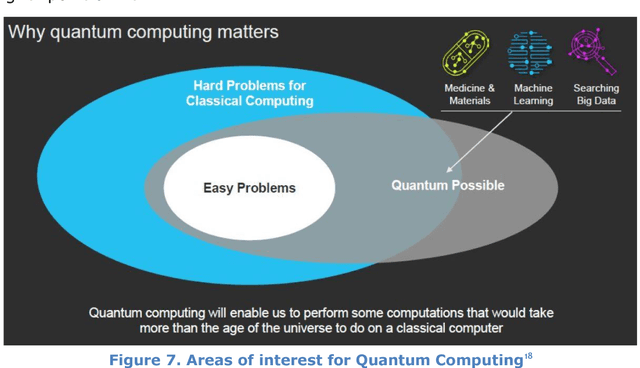
Abstract:This document contains the outcome of the first Human behaviour and machine intelligence (HUMAINT) workshop that took place 5-6 March 2018 in Barcelona, Spain. The workshop was organized in the context of a new research programme at the Centre for Advanced Studies, Joint Research Centre of the European Commission, which focuses on studying the potential impact of artificial intelligence on human behaviour. The workshop gathered an interdisciplinary group of experts to establish the state of the art research in the field and a list of future research challenges to be addressed on the topic of human and machine intelligence, algorithm's potential impact on human cognitive capabilities and decision making, and evaluation and regulation needs. The document is made of short position statements and identification of challenges provided by each expert, and incorporates the result of the discussions carried out during the workshop. In the conclusion section, we provide a list of emerging research topics and strategies to be addressed in the near future.
 Add to Chrome
Add to Chrome Add to Firefox
Add to Firefox Add to Edge
Add to Edge